A giant market where the best French chefs shop
Categories: Europe
By Pictolic https://pictolic.com/article/a-giant-market-where-the-best-french-chefs-shop.htmlSays Cody Delistrati, who was lucky enough to visit the huge food market in France: “Darkness - even gouge out the eye, we are in a hurry to the taxi driver. In the moonlight we drive through Paris, at 4:30 in the morning. We are just in time to catch the bus, which only runs once a month and always leaves early. As if he wants to be missed. After passing through two security checkpoints, we finally arrive at the center of the Runya International Market. It is only 30 minutes from the French capital. It is the largest wholesale market in the world. But ask most Parisians where it is and they will likely shrug their shoulders and say they don't know."
(Total 9 photos)
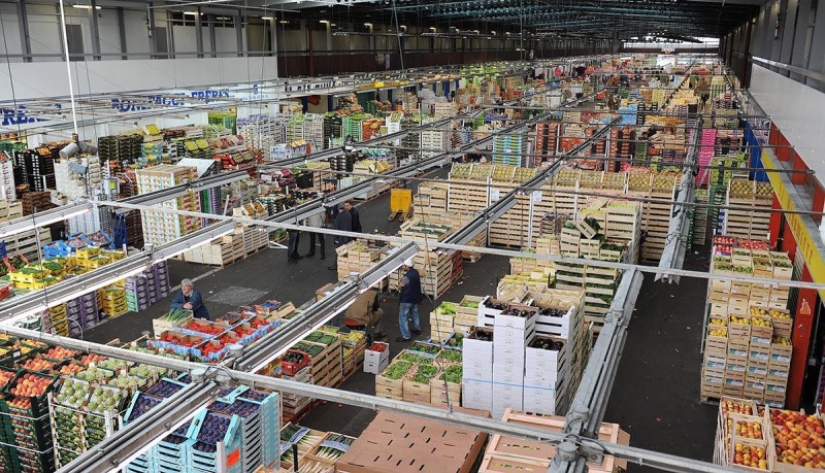 Source: medium.com
Source: medium.com
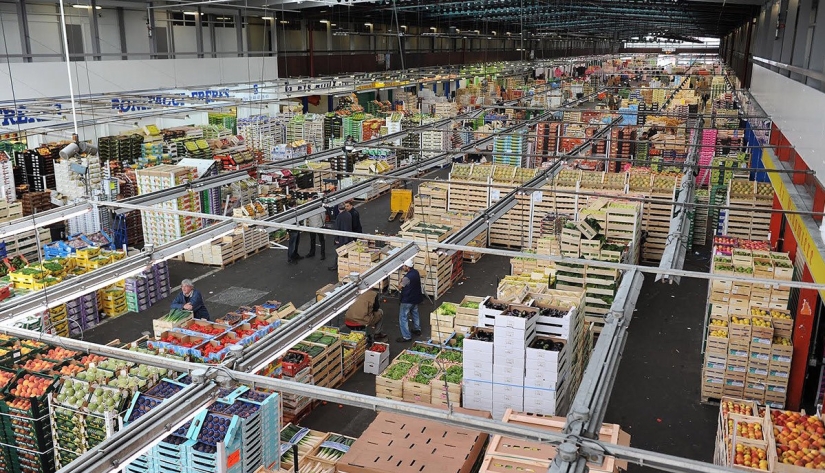
1. Three hours earlier, around two in the morning, representatives of the largest restaurants, hotels and greengrocers come here to buy meat, fish, vegetables and flowers. After that, smaller shops and restaurants that can't afford a "premium" pass choose from what's left. I was one of the lucky non-industry people lucky enough to be here. Until 1969, the French wholesale market was located in Les Ales, in the center of Paris. Despite the fact that this marketplace was located in the center of the city, it was incredibly dirty. But then outside the city, near Orly airport, a new market opened. Now more than 11,000 people work here on an area of 231 hectares - from sanitary doctors and insurance agents to employees of travel companies.
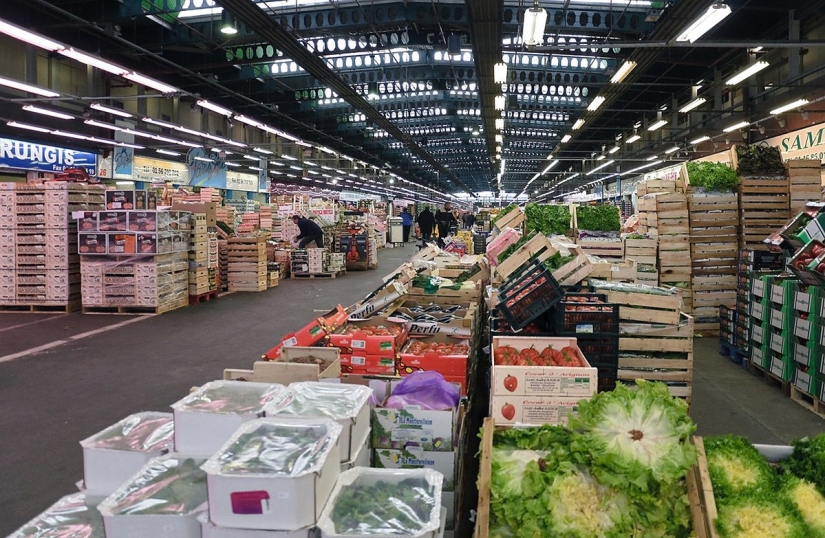
2. “It's like being in a village,” says market worker Laurent Matera. “We are like one big family. Huge family." In fact, the market is so huge that we had to travel by bus from one warehouse to another. I started in a warehouse where the fish was butchered in 45 seconds, then frozen and sold. All of this is illuminated only by moonlight and dim fluorescent lights reflecting off the slippery floor. Middle-aged men bustle around in white aprons, getting ready for a new work day. In one corner there are boxes of swordfish, in the other there are boxes with the names of the most famous Parisian restaurants, ready to be shipped.
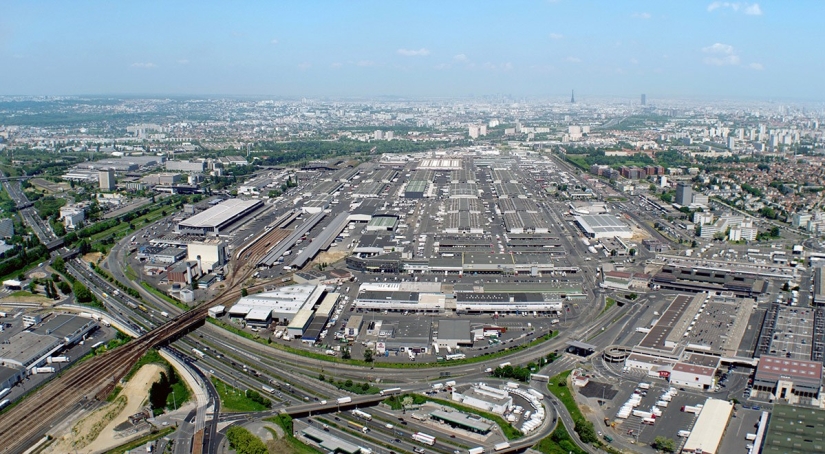
3. Behind the meat warehouse, a man smokes, looking thoughtfully into the distance. His gaze darts towards the seemingly endless parking lot. Every few minutes a colleague of his in a bloody apron comes out to smoke. They shake hands with each other without saying a word. It's already 6 am on the clock. Slaughtering livestock is no easy task.
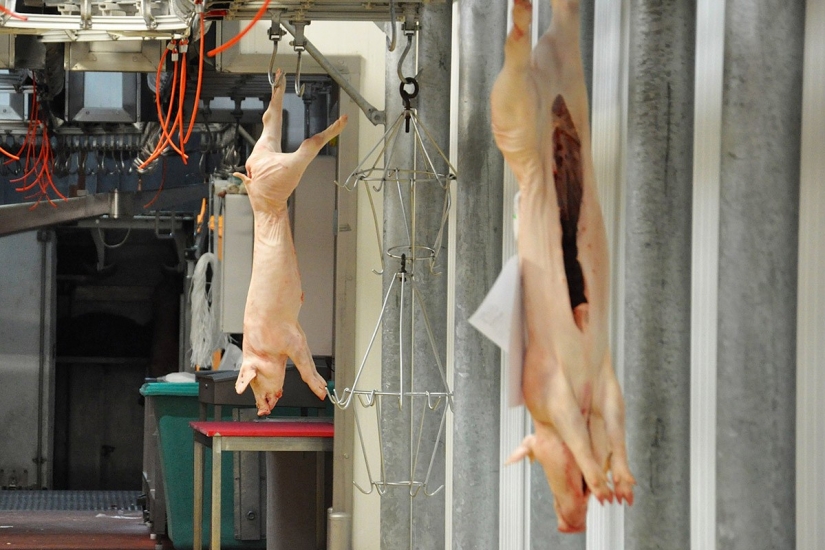
4. In a butcher shop, pig and cow carcasses hang from stainless steel hooks, blood running down their hooves. Matera tells me that during a job interview in a butcher shop, men are asked to carry an animal carcass weighing about a centner on their shoulder. As I leave, I see a man carrying two of these carcasses down the hallway.
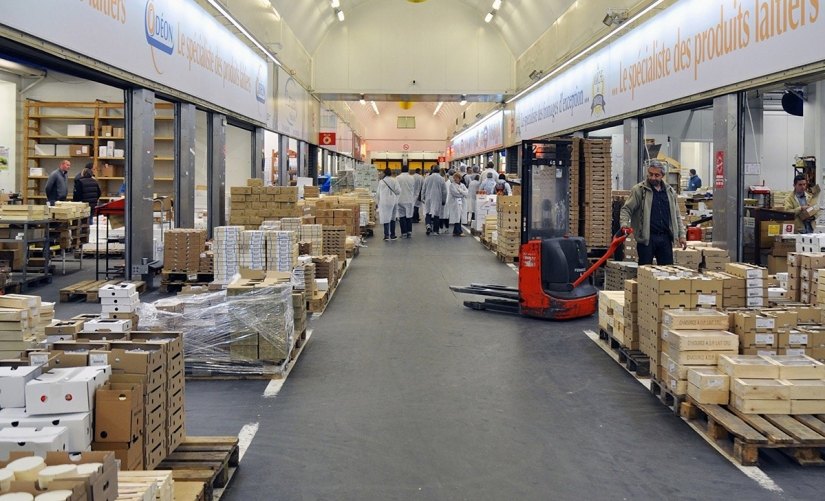
5. After that we go to the cheese shop, where huge heads of Gruyère and Emmental lie in piles, ready to meet customers; then comes the vegetable warehouse, where leeks, ginger, asparagus, cabbage, and the like are laid out in wooden boxes scattered throughout the room. And then we finally go to the flower warehouse, where asters, callas, carnations, dahlias, hyacinths, peonies and poinsettias are full of red, pink, blue and purple petals in the eyes. Only after seeing all the warehouses of the market, you realize all its power and the impact it has on the food industry in France.
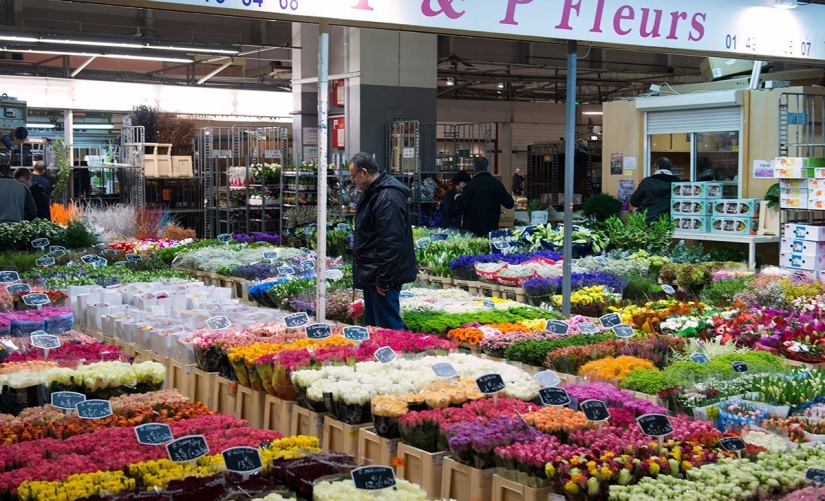
6. Popular Parisian "weekend" markets: Place de la Bastille, Boulevard Raspail, and elsewhere, all buy their goods here. The variety of markets in France gives only the illusion of choice - in fact, 65% of all products come to stalls and showcases from here. Many of them are labeled with different labels and advertised as if they came from other sources.

7. But the power of this wholesale market extends beyond Paris. It is believed that one third of all French exports and annual income (often) more than 8.8 billion euros is the merit of this particular market. It is the beating heart of the French food industry. But is there a risk that this trend is waning? President Hollande recently announced plans to sell the state's stake. This decision may partly symbolize the decline of French cuisine (either due to the wild experiments of the Spanish, or because of more inventive chefs from other countries), and also reflect the reality of politics. For Hollande, this is the last attempt to settle things, spur the French economy and satisfy the demands of conservative opponents. Either way, this leads to an uncertain future for the Runya market.
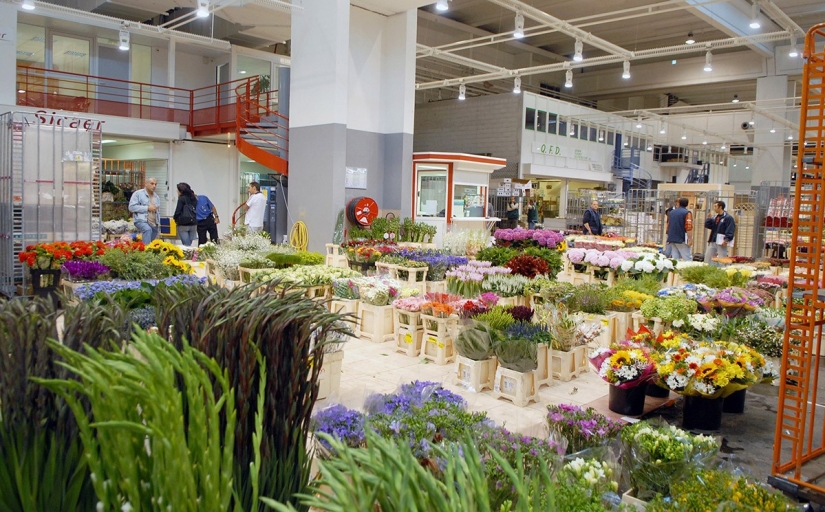
8. But now things are going their way. By the time we had finished exploring the place, most of the workers had completed their midnight to noon work day, and many of them had gone to breakfast at the many local restaurants.
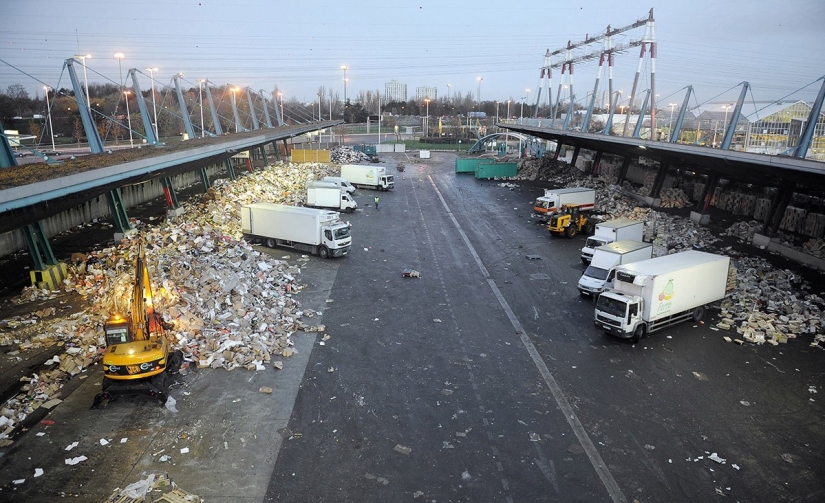
9. After an 8-hour shift of hauling heavy carcasses and butchering fish, it's no surprise that the workers look like zombies with closed eyes and stiff backs. Whatever happens in Runi, it may not be surprising that so few people know about this place. After all, why would you want to know how the sausages you love are made? The main thing is that they are tasty.
Keywords: Paris | Market | France
Post News ArticleRecent articles

Gerard Uferas is one of the most renowned and vibrant contemporary French photographers. His talent is multifaceted, but Uferas is ...

In 1969, a healthy food restaurant opened on the Sunset Strip in Los Angeles-one of the first in the country, and possibly in the ...
Related articles

Surprisingly, many quite ordinary things have names that are unusual to our ears, but at the same time correct. You've probably ...

These erotic cards were made in France in the early twentieth century. Unofficially, they were called "French postcards". However, ...

Vermouth is considered one of the most romantic and mysterious of alcoholic beverages. The name of this herbal wine with the German ...

Colin and Kristin Poole are an amazing creative family. Colin is a world-renowned artist, and his wife Kristin is a wonderful ...